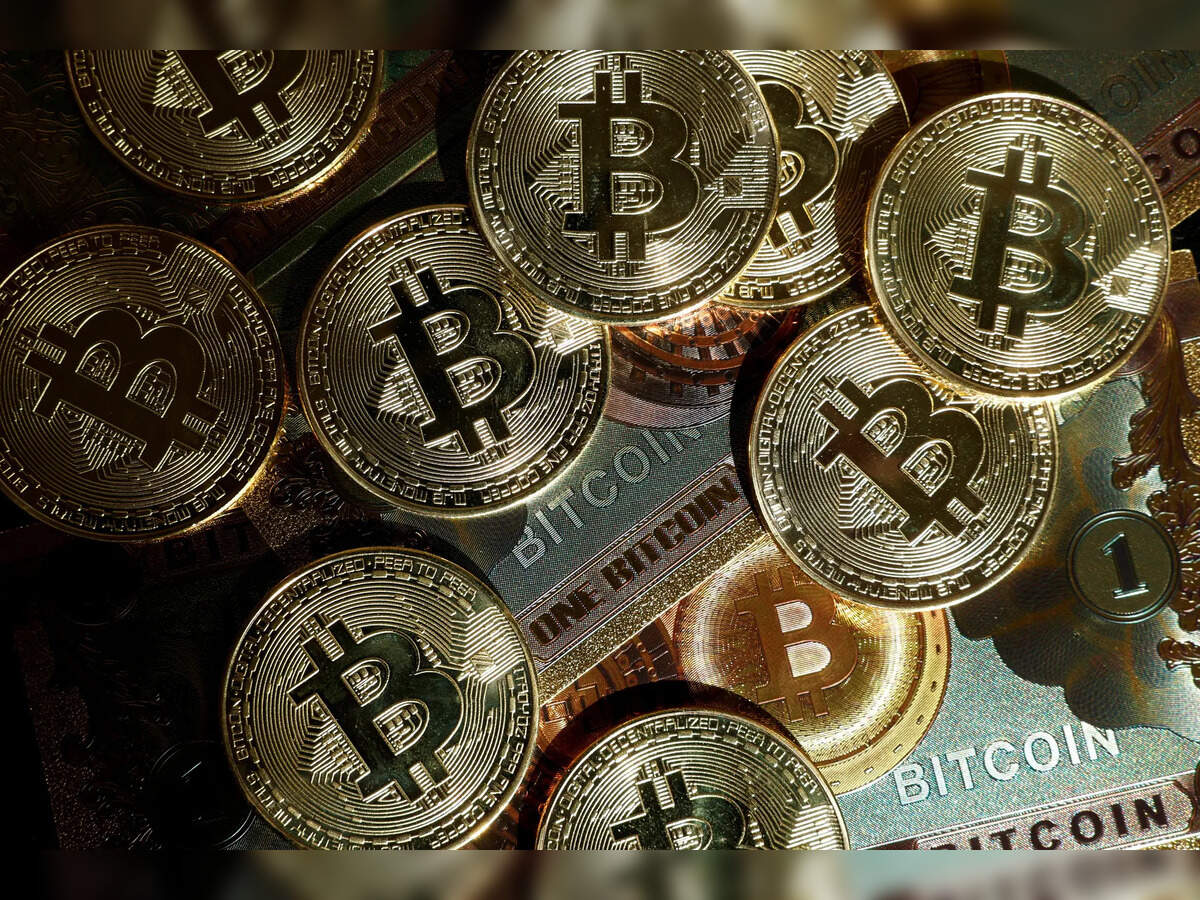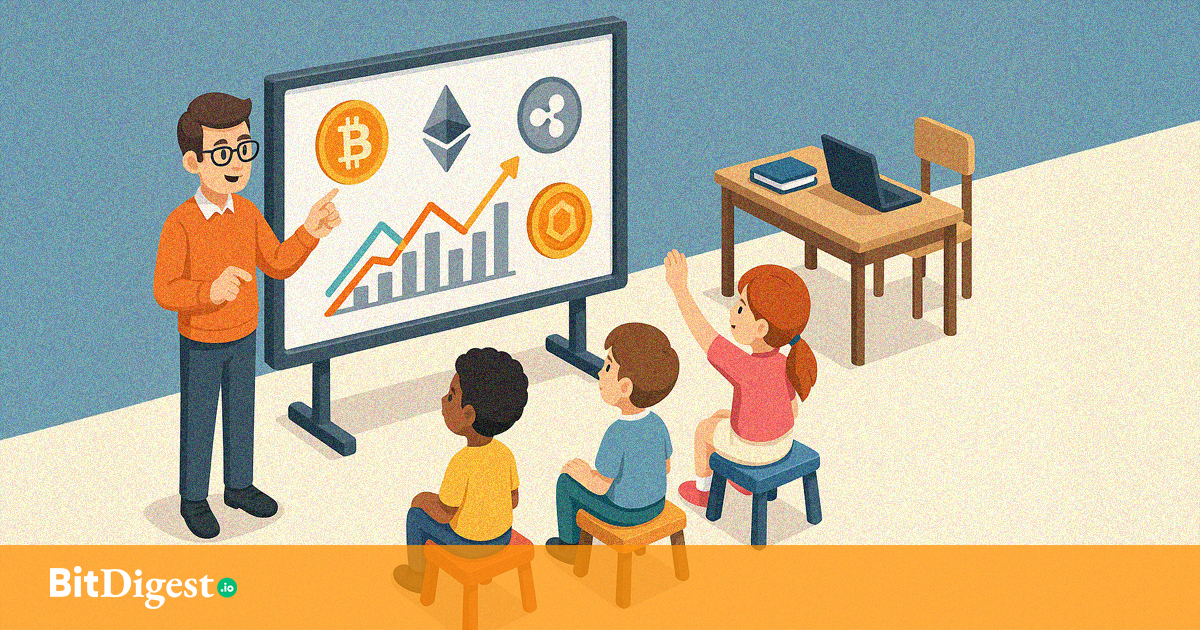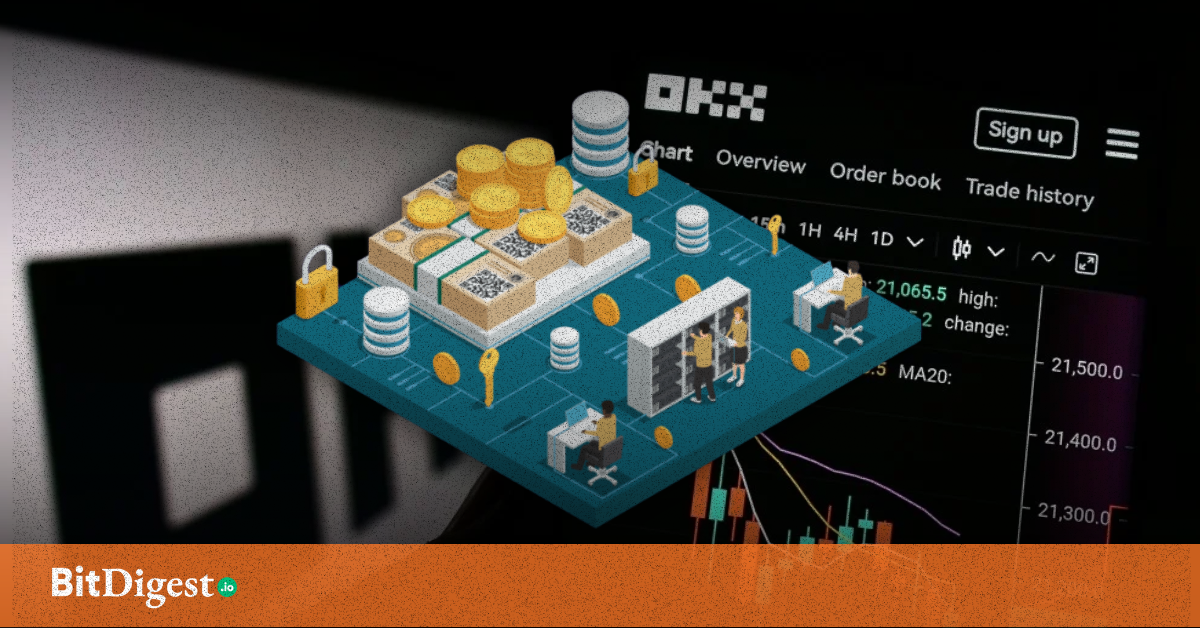Hot Take: Bitcoin Should Be Taught as Early as Fourth Grade
At first glance, it sounds like a tech bro meme or just another sensational buzzfeed gibberish. But putting all the hyping side there lies a legitimate question: What if we stopped thinking of Bitcoin as just a volatile asset, and started viewing it as a tool to teach kids how money, value, and systems work in the 21st century?
Because in 2025, money has already gone digital—and our classrooms haven’t caught up.
Financial World Is Changing Faster Than Our Classrooms
Across the Philippines, cashless payments have become routine. Parents are paying groceries with QR codes, workers are receiving salaries through GCash or Maya, and kids are earning digital points in games that mimic online economies. Yet inside elementary classrooms, financial education is still stuck on counting coins and stuffing paper bills into piggy banks.

There’s a growing mismatch between how money is actually used and how we’re teaching kids to understand it. Bitcoin doesn’t need to be a financial product kids use—it can be a modern entry point to explain how digital value flows, what makes something scarce, and how trust is built without traditional gatekeepers.
Grade 4 Makes More Sense Than You Think

Early financial literacy needs to go beyond piggy banks and paper bills. But strangely enough, money talks seem to be perceived as taboo as sex education. No pun intended. By Grade 4, students typically start grasping more abstract concepts: percentages, risk, future value, and systems. It’s also around this age when schools introduce basic lessons on budgeting, saving, and needs versus wants. That makes it the perfect stage to start building digital financial awareness—not as an investment course, but as context for a world that increasingly runs on digital infrastructure.
Incorporating Bitcoin at this level doesn’t mean encouraging kids to trade crypto. It means teaching them to ask the right questions: What is money, really? Who gets to create it? What makes people trust it? These are foundational economic and ethical questions that children are more than capable of exploring in age-appropriate ways.
Debunking Fear: What Bitcoin Education Isn’t
One of the main objections to this idea stems from fear and misinformation. Many adults still equate crypto with scams, bubbles, or tech they don’t understand—and they assume that exposing children to it is dangerous or reckless.

But the biggest misconceptions about Bitcoin are exactly why it should be taught early. Some say it’s “fake money,” when in reality, it’s not that different from the digital pesos in your GCash app—just with different rules. Others claim it’s only for criminals or speculators, when in truth, it’s being used today by millions worldwide for remittances, cross-border payments, and even humanitarian aid. The idea that simply learning about it leads to bankruptcy or addiction is like saying teaching kids about fire safety will make them arsonists.
In fact, teaching how digital currencies work builds healthy skepticism. It helps students spot scams before they fall for them. It demystifies the headlines. And it ensures the next generation doesn’t blindly trust—or fear—what they don’t understand.
Bitcoin is more than a currency, it’s a window into how decentralized systems work—how people can agree on value, verify transactions, and store trust using technology. These concepts are becoming more relevant, not less, and students who grow up familiar with them will be better equipped to navigate everything from online payments to digital identity systems.
Think of it the way we teach geometry or chemistry before students ever use those concepts in life. We don’t wait until adulthood to explain gravity or pollution. We teach systems early—so kids can ask better questions later.
Bitcoin is just one such system, and a surprisingly good one to explore ideas like scarcity, value creation, decentralization, and even ethics in tech.
What This Could Look Like in the Classroom
A basic curriculum wouldn’t start with whitepapers or charts. It would begin with real-life situations that students already experience: paying with QR codes, earning online credits, and watching their parents move money digitally.
From there, teachers could introduce the idea of digital money—what it is, where it lives, how it’s different from cash. Bitcoin could be discussed as an example of peer-to-peer value transfer, followed by classroom simulations, role-playing activities, and critical thinking discussions about both the promise and risks of decentralized finance.
The goal wouldn’t be to promote a coin, it would be to prepare students to ask informed questions about it.
Reframing Financial Literacy for a Digital Generation
Bitcoin is just the hook, because the real goal is to raise a generation that understands how systems work, how money moves, how trust is created online, and how to think critically about new technologies.
If youngsters can learn algebra before they pay taxes, or understand how volcanoes form before they board a plane, they can learn about Bitcoin before they ever hold one. More importantly, they can learn the bigger lessons behind it: how to be curious, cautious, and capable in a world where money and value are no longer things you can always hold in your hand. This isn’t about turning younger gens into crypto traders. It’s about building a generation that doesn’t get left behind.
.svg)


.svg) SHARE TO FACEBOOK
SHARE TO FACEBOOK SHARE TO TWITTER/X
SHARE TO TWITTER/X SHARE TO LINKEDIN
SHARE TO LINKEDIN SEND TO MAIL
SEND TO MAIL





.svg)


.svg)